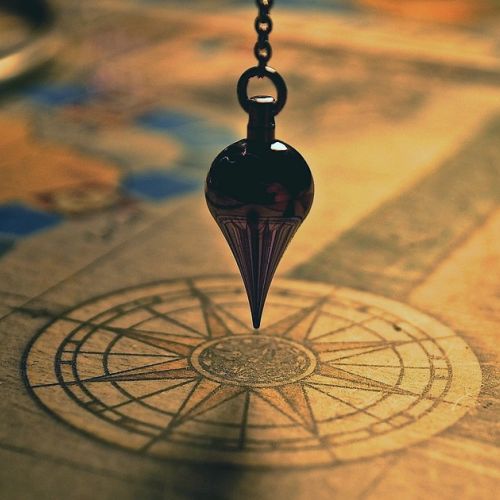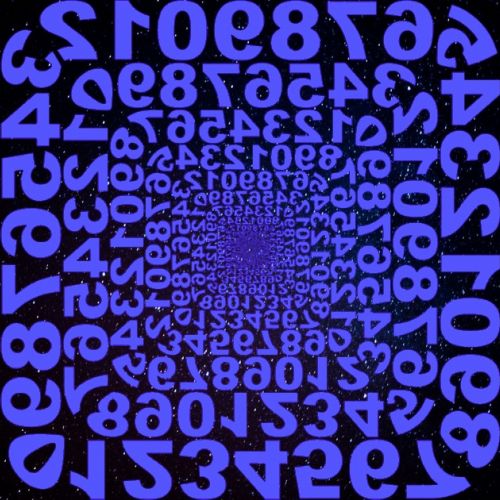Divination: How To Use Jiao Bei?
In traditional Chinese religion, wooden crescent-shaped objects called jiao bei are used to consult the gods. If you want to know what the future holds for you, simply ask a question to the deities and toss two jiao bei. But be careful to phrase your request properly! We will explain how to use these divination tools originating from China.
What are jiao bei?
If you travel to China or Taiwan, you will be able to see funny pieces of wood shaped like crescents in temples. These are called "jiao bei" or "lunar blocks".
Jiaobei are usually made of wood or bamboo and are carved in a crescent shape. They always have a rounded side (called yin side) and a flat side (called yang side).
They are mostly red in color, a color that symbolizes success, luck, and good fortune for the Chinese.
Despite their humble appearance, these pieces of wood are very important divination tools in traditional Chinese religion. Worshipers use them in temples as well as in their home shrines to ask questions to the gods and seek their advice.
How to use the jiao bei?
Generally, jiao bei are used in pairs. To consult the gods, you must hold two of them in your hands, mentally formulate a question, and then drop them on the ground.
It is the way the blocks land on the ground that gives you an answer. But you must have formulated your question correctly, as the gods only respond with yes or no!
In temples and home shrines, jiaobei are usually used with fortune sticks, another tool that helps clarify or specify the oracle (the response from the deities).
If you use the moon blocks alone to receive a simple answer (yes or no), you must first purify them by rotating them three times around the incense burner.
Then stand in front of the shrine you wish to question and state your name, age, and exact address. Formulate your question while holding the blocks in your clasped hands in prayer, then drop them on the ground and observe how they have landed.
How to ask a question to the gods?
According to Chinese beliefs, jiao bei deliver divine advice in the form of a yes or no answer.
Whatever subject you want to question the deities about, you must make sure to ask a closed-ended question (calling for a yes or no) and not an open-ended question.
For example, you can ask: "Will I pass this exam / job interview?" But not: "How can I succeed in my studies?" or "How can I find a job?"
You may need to rephrase your question several times. Indeed, the Chinese believe that certain positions of the jiaobei on the ground indicate that the gods are mocking your question or consider it irrelevant!
How to interpret the answer?
When they fall on the ground, jiao bei can give three possible answers:
• If one of the curved sides is facing up (round block) and the other is facing down (flat block): it's a yes.
• If both curved faces are facing up (two round blocks): it's a no and you have to repeat the process. The Chinese believe that the gods are unhappy or disagree with the question when the blocks fall directly flat on the ground.
• If both curved faces are facing down (two flat blocks), there are several possible interpretations. It is said that the gods are mocking your question because they consider it irrelevant.
This last result can be interpreted as an unaccented no, because the question asked was not clear or because the answer to the question is obvious. You must then repeat the process, modifying your question to make it more relevant.




